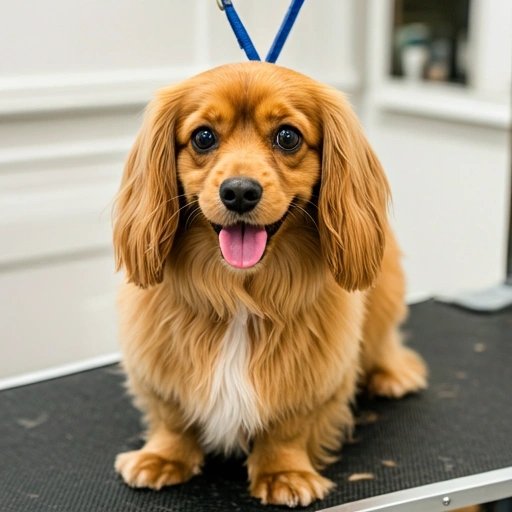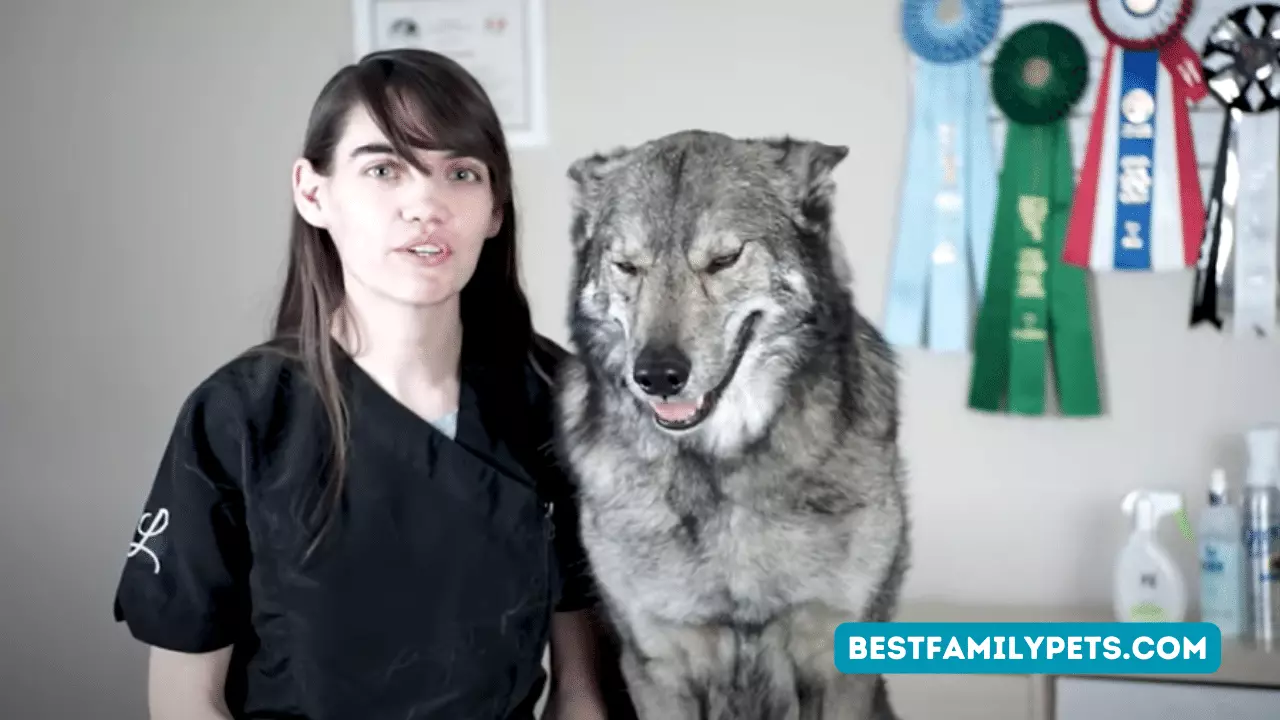Numerous Tips for Dog Grooming
Groom like a pro! Unlock a treasure trove of dog grooming tips to keep your furry friend looking and feeling their best.
Dog grooming is an essential part of responsible pet ownership. Regular grooming not only keeps your furry friend looking good, but it also plays a crucial role in maintaining their overall health and well-being. In this article, we will explore numerous tips and techniques for effective dog grooming, covering everything from brushing and bathing to nail trimming and styling. So, let’s dive in and discover how you can keep your dog looking and feeling their best.
Brushing Techniques
Brushing your dog’s coat regularly is important for maintaining healthy skin and coat, as well as preventing matting and tangling. The first step in brushing is choosing the right brush for your dog’s coat type. Different brushes, such as slicker brushes, bristle brushes, and deshedding tools, are designed for specific purposes.
The frequency of brushing depends on your dog’s coat length and thickness. Longer-haired breeds may require daily brushing, while shorter-haired breeds can benefit from brushing a few times a week. When brushing, start from the head and work your way down to the tail, using gentle strokes to avoid causing any discomfort.
It’s important to adjust your brushing technique based on your dog’s coat type. For example, dogs with double coats may require more attention to remove loose fur during shedding seasons. On the other hand, dogs with curly or wiry coats may need additional grooming tools like combs or rakes to prevent matting.
Bathing and Drying
Bathing your dog is another crucial aspect of grooming. Choose a high-quality dog shampoo that is specifically formulated for your dog’s skin and coat type. It’s best to avoid using human shampoos as they can be too harsh for dogs and may cause skin irritation.
The frequency of bathing depends on various factors, including your dog’s activity level and coat condition. Generally, most dogs benefit from a bath every four to six weeks. However, if your dog spends a lot of time outdoors or has a skin condition, you may need to bathe them more frequently.
After bathing, make sure to dry your dog thoroughly. Use a clean towel or a low-heat blow dryer on the cool setting to prevent overheating. Ensure that your dog is completely dry, especially in the areas between skin folds, as moisture can lead to skin infections.
Nail Trimming
Regular nail trims are essential for your dog’s comfort and overall health. Overgrown nails can cause pain and discomfort, affect their gait, and potentially lead to joint problems. To trim your dog’s nails safely, use a pair of dog nail clippers or a nail grinder.
Start by getting your dog accustomed to having their paws handled. Gradually introduce them to the clippers or grinder and reward them with treats and praise for cooperation. When trimming, be cautious not to cut too close to the quick, which is the pink part of the nail that contains blood vessels.
If you’re unsure about trimming your dog’s nails yourself, consult a professional groomer or your veterinarian for guidance.
Ear Cleaning
Proper ear cleaning is crucial for preventing ear infections and other ear-related issues in dogs. Regularly inspect your dog’s ears for any signs of redness, discharge, or odor. If you notice any abnormalities, consult your veterinarian before attempting to clean the ears.
To clean your dog’s ears, use a veterinarian-approved ear cleaning solution and cotton balls. Gently wipe the visible part of the inner ear, avoiding inserting anything into the ear canal. Never use cotton swabs, as they can push debris further into the ear and cause injury.
Dental Care
Maintaining good oral hygiene is essential for your dog’s overall health. Dental problems can lead to pain, infection, and other serious health issues. Brush your dog’s teeth regularly using a dog-specific toothbrush and toothpaste. Start by introducing tooth brushing gradually, making it a positive experience for your dog.
In addition to brushing, dental treats, chews, and oral rinses can also help promote good oral hygiene. Regular veterinary dental check-ups are recommended to monitor your dog’s dental health and address any underlying issues.
Eye Care
Keeping your dog’s eyes clean and healthy is important to prevent eye infections and irritations. Use a damp, soft cloth or a veterinarian-approved eye wipe to gently clean around the eyes, removing any discharge or debris. If you notice excessive tearing, redness, or swelling, consult your veterinarian.
Anal Gland Expression
Anal glands are small sacs located on either side of your dog’s anus. They produce a smelly secretion that is normally expelled during bowel movements. However, some dogs may experience issues with their anal glands, leading to discomfort and potential infection.
If your dog is scooting on the floor, licking their rear excessively, or showing signs of discomfort, it may indicate anal gland problems. Consult your veterinarian or a professional groomer to safely and properly express the anal glands if needed.
Haircuts and Styling
Depending on your dog’s breed and coat type, regular haircuts and styling may be necessary to keep them looking their best. Some breeds require professional grooming, while others can be groomed at home with the right tools and techniques.
Research the specific grooming needs of your dog’s breed and consider consulting a professional groomer for breed-specific haircuts and styling tips.
Dealing with Mats and Tangles
Mats and tangles can be uncomfortable for your dog and may lead to skin irritations or even skin infections if left untreated. Preventing mats and tangles is key to maintaining a healthy coat.
Regular brushing and combing, especially in long-haired breeds, can help prevent mats from forming. If you encounter a mat, use a detangling spray or mat splitter tool to carefully and gently remove it. Avoid pulling or tugging, as this can cause discomfort to your dog.
Grooming Tools and Equipment
Having the right grooming tools and equipment is essential for effective dog grooming. Some essential tools include brushes, combs, nail clippers, ear cleaning solutions, and toothbrushes. Choose high-quality tools that are suitable for your dog’s specific needs.
When selecting grooming equipment, consider factors such as durability, ease of use, and safety features. Investing in quality tools will make grooming sessions more comfortable for both you and your dog.
Grooming Tips for Specific Breeds
Different dog breeds have specific grooming requirements based on their coat type and characteristics. Long-haired breeds, such as Shih Tzus or Afghan Hounds, may require daily brushing and regular haircuts to prevent matting. Short-haired breeds, like Beagles or Boxers, may benefit from regular brushing to remove loose fur and promote a healthy coat.
Curly-haired breeds, such as Poodles or Bichon Frises, often require specialized grooming techniques, including regular brushing, haircuts, and maintenance of their curly coats. Research the specific grooming needs of your dog’s breed to ensure you’re providing the necessary care.
Grooming Sensitive Areas
Certain areas of your dog’s body may be more sensitive or delicate, requiring extra care during grooming. These areas include the paw pads, genital area, and face.
When grooming the paw pads, inspect for any cuts, cracks, or foreign objects. Trim excess hair around the paw pads and keep them clean and moisturized to prevent dryness or cracking.
When grooming the genital area, be gentle and avoid causing discomfort to your dog. Clean the area using mild, pet-safe wipes or a damp cloth.
When grooming the face, use a soft brush or a damp cloth to clean around the eyes, nose, and mouth. Be cautious and avoid getting water or cleaning solutions in your dog’s eyes or ears.
Maintaining a Grooming Schedule
Creating a grooming routine and sticking to it is important for the overall well-being of your dog. Regular grooming sessions help you detect any changes in your dog’s skin, coat, or overall health. It also allows you to bond with your furry friend and make grooming a positive experience.
Develop a grooming schedule that suits your dog’s needs and your lifestyle. Consider factors such as coat length, activity level, and specific grooming requirements. Staying consistent with grooming will ensure that your dog remains clean, healthy, and comfortable.
Conclusion
Proper dog grooming is essential for maintaining your pet’s overall health, comfort, and appearance. By following these numerous tips and techniques, you can ensure that your furry friend receives the care they deserve.
Regular brushing, bathing, nail trimming, and ear cleaning are fundamental aspects of grooming. Additionally, paying attention to dental care, eye care, anal gland expression, and sensitive areas is crucial for your dog’s well-being. Remember to use appropriate grooming tools and equipment and tailor your grooming routine to your dog’s specific needs.
By incorporating these tips into your dog grooming routine, you’ll not only keep your pet looking and smelling great but also contribute to their overall happiness and health.
FAQs
1. How often should I groom my dog?
The frequency of grooming depends on various factors, such as your dog’s coat type, activity level, and specific grooming needs. Generally, most dogs benefit from regular brushing and bathing every four to six weeks. However, certain breeds or individual dogs may require more frequent grooming sessions.
2. Can I use human shampoo for my dog?
No, it’s not recommended to use human shampoo for your dog. Human shampoos are formulated for the pH level of human skin, which differs from that of dogs. Using human shampoo can cause skin irritations and dryness in dogs. It’s best to choose a high-quality dog shampoo that is specifically formulated for your dog’s skin and coat type.
3. How can I make grooming a positive experience for my dog?
Making grooming a positive experience for your dog is important to ensure their cooperation and comfort. Start by introducing grooming gradually, using treats, praise, and rewards to create a positive association. Take it slow, be gentle, and always listen to your dog’s cues. If your dog becomes anxious or stressed during grooming, consider seeking professional help or consult your veterinarian for advice.
4. Should I groom my dog at home or seek professional grooming services?
The decision to groom your dog at home or seek professional grooming services depends on several factors, including your dog’s breed, coat type, and your own comfort and experience with grooming. Some breeds may require specialized grooming techniques that are best handled by professionals. If you’re unsure or lack experience, it’s recommended to consult a professional groomer who can provide expert care for your dog’s grooming needs.
5. How can I prevent mats and tangles in my dog’s coat?
Regular brushing and combing are key to preventing mats and tangles in your dog’s coat. The frequency of brushing depends on your dog’s coat length and thickness. For long-haired breeds, daily brushing is often necessary, while shorter-haired breeds may benefit from brushing a few times a week. Additionally, regular baths and keeping your dog’s coat clean and well-maintained can help prevent mats and tangles from forming.
-

Why Mobile Dog Grooming Costs More: Understanding the Value and Benefits
-


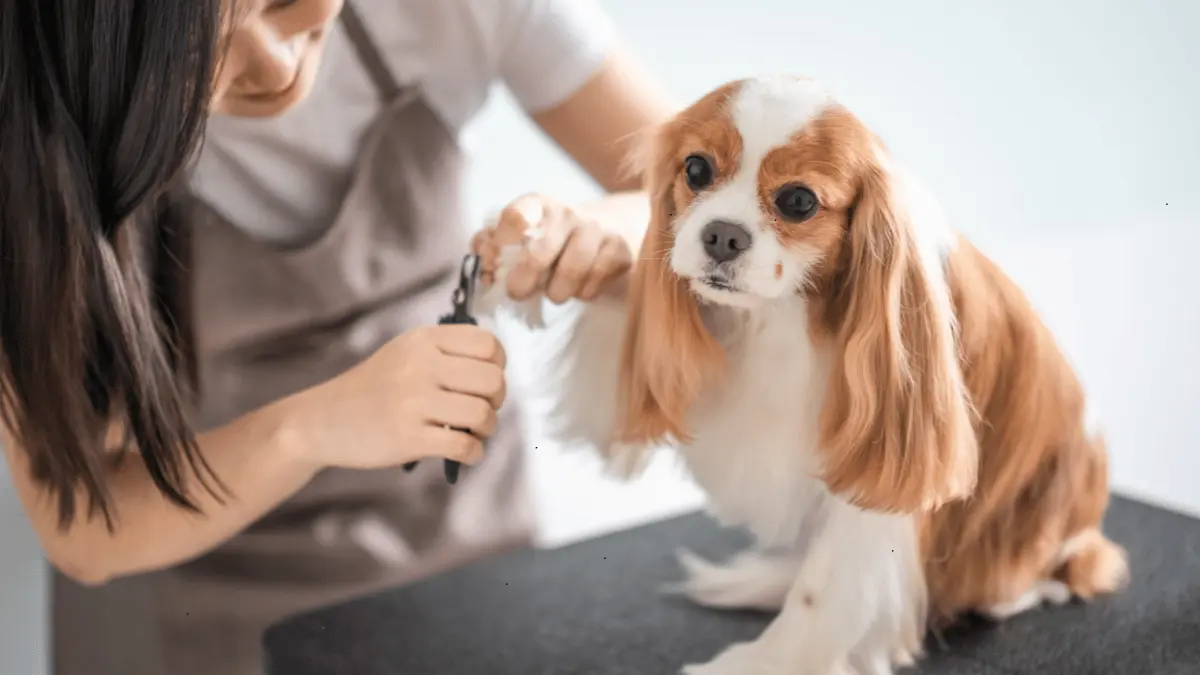
15 Dog Breeds That Benefit Most from Regular Dog Grooming
-


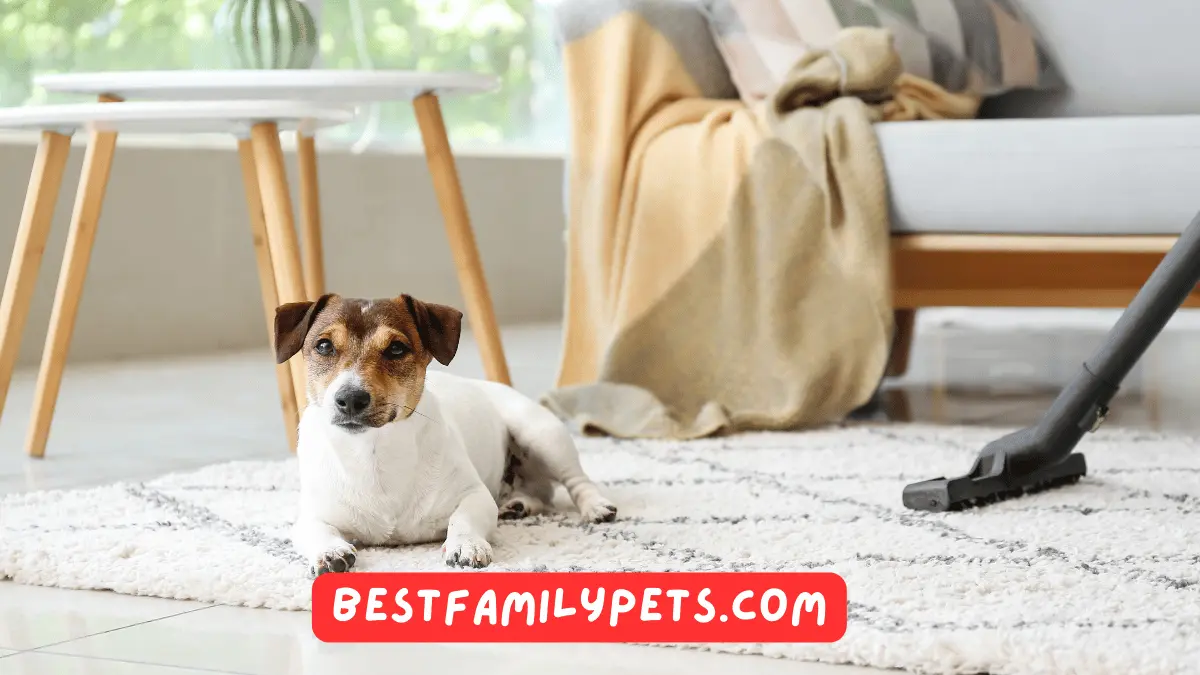
7 Essential Cleaning Tips for Pet Owners
-



Best Dog Clippers for Shih Tzus: Top Picks & Tips
-


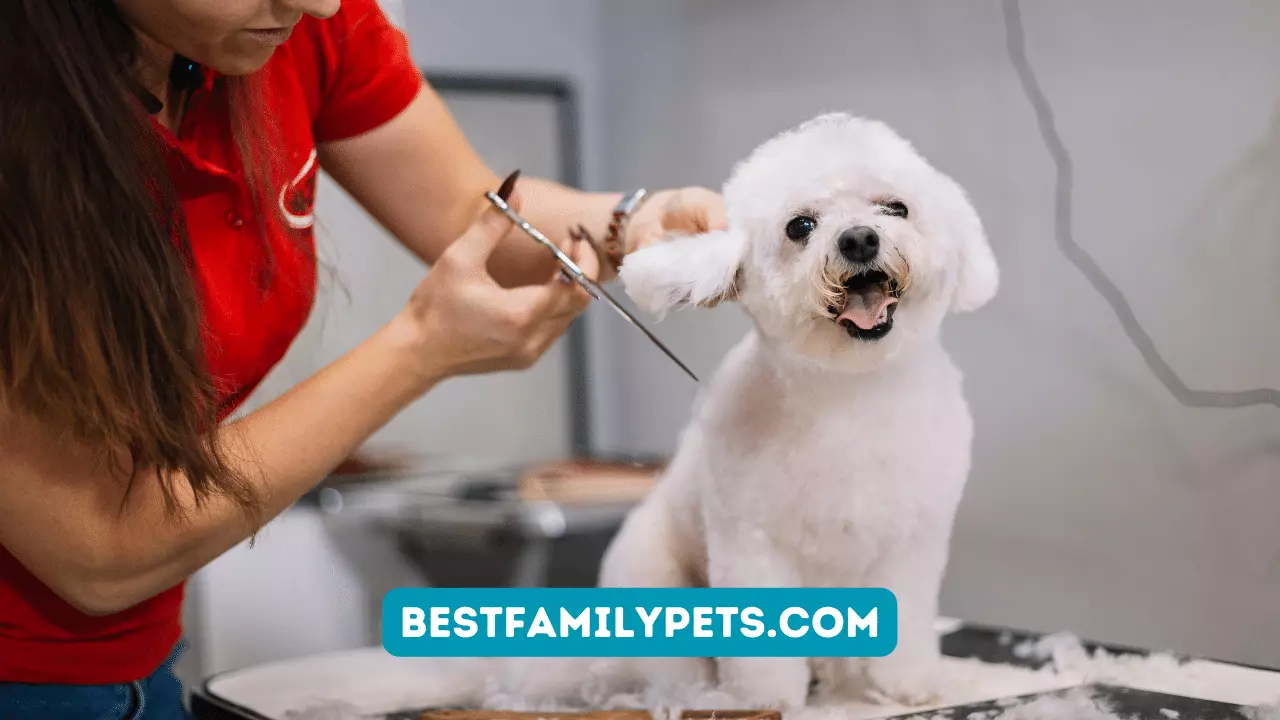
Numerous Tips for Dog Grooming
-


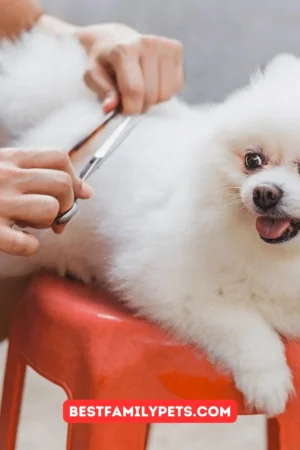
The Best Shears For Grooming Your Dog
-


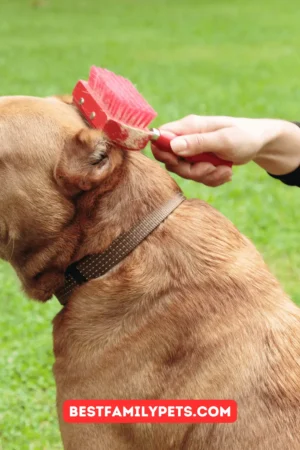
Regular Brushing for Dog Coat Health
-


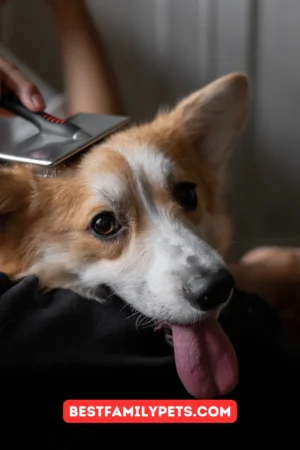
Reliable Dog Brushes for Grooming
-


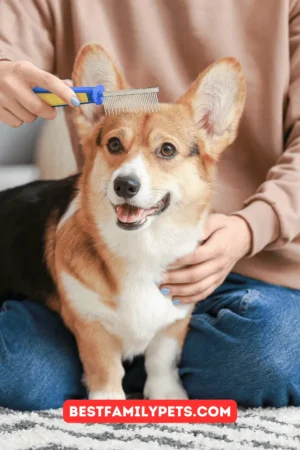
Finding the Best Dog Brushes for Different Coat Types
-


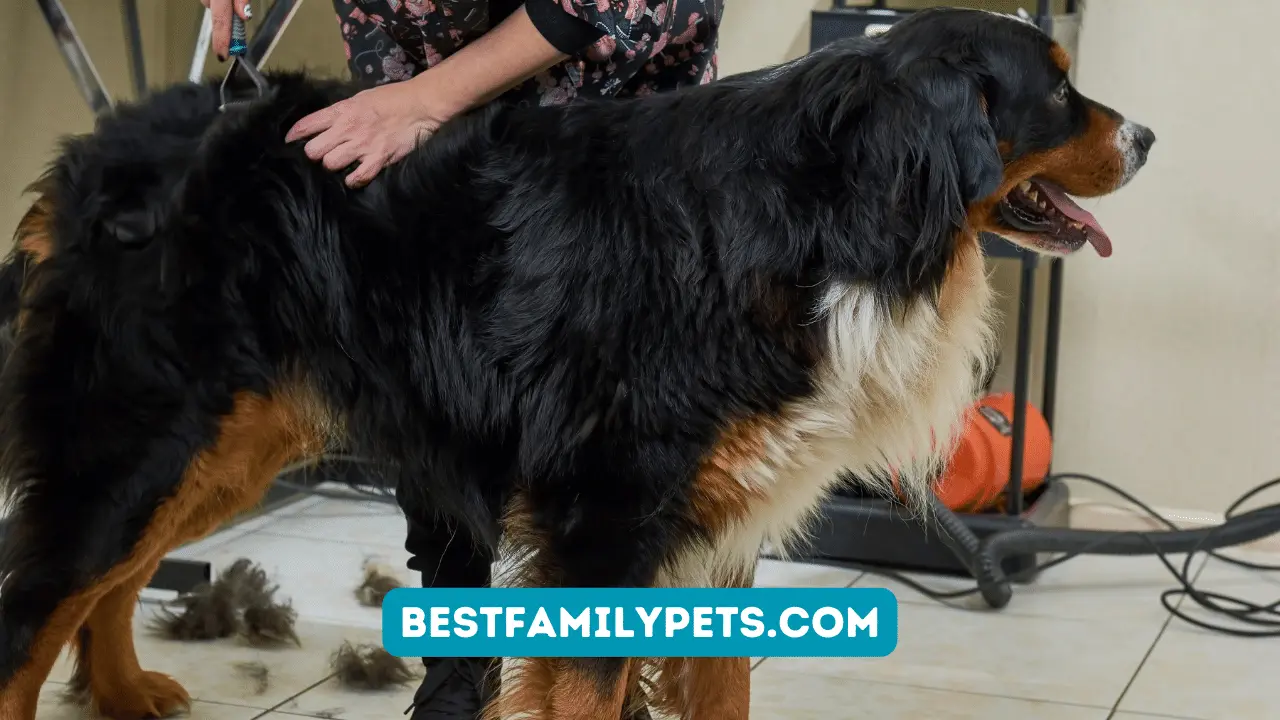
What Things Are Required to Open a Dog Grooming Business?
-


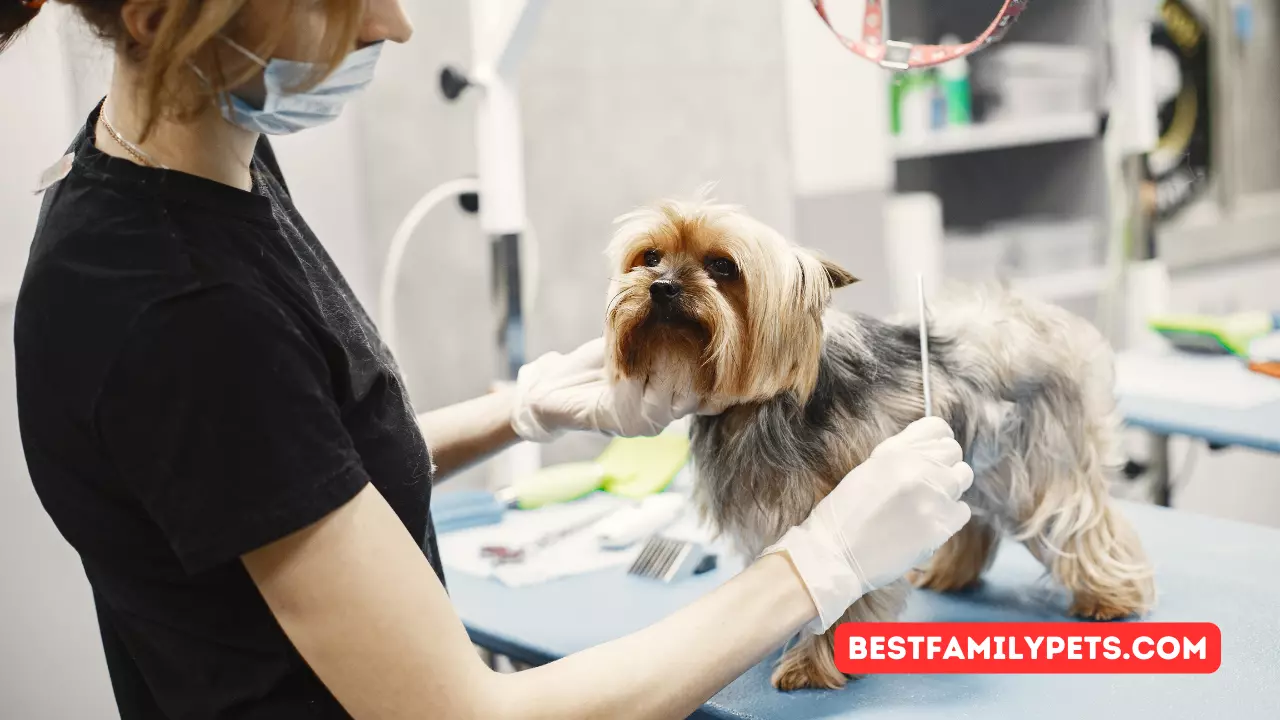
Summer Styles: 12 Grooming Tips to Keep Your Dog Cool
-


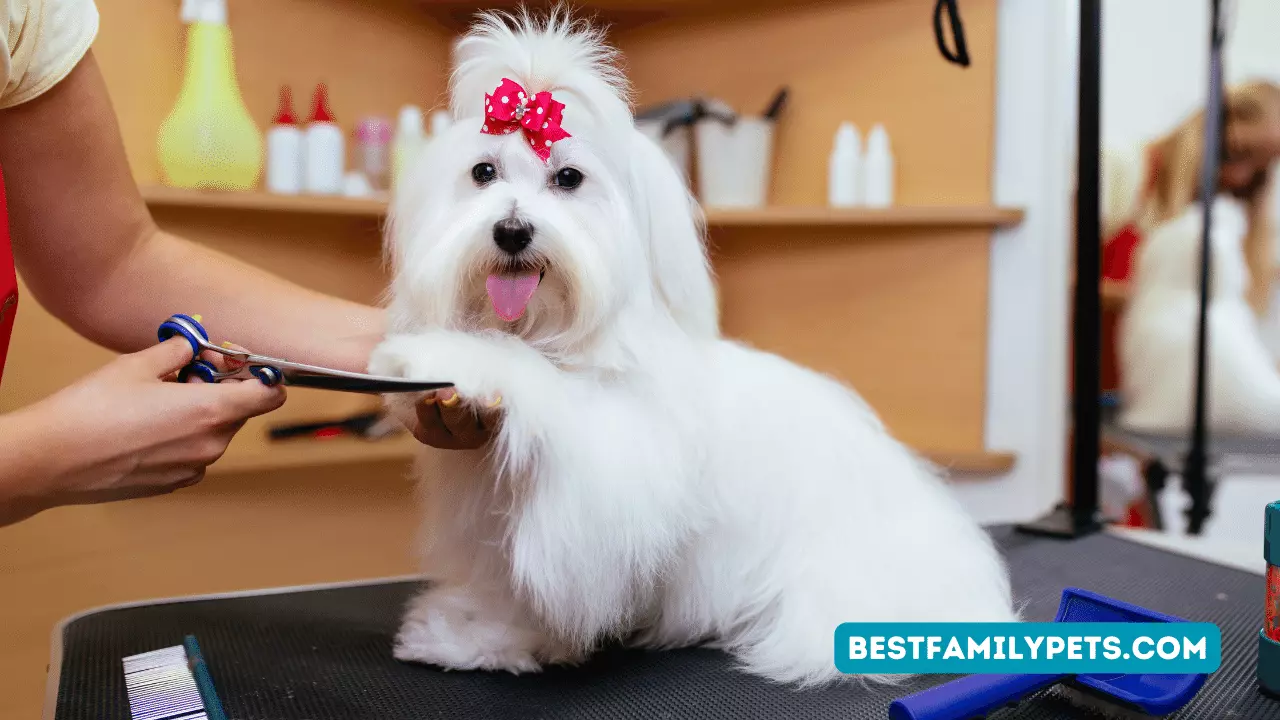
Veronica Gill Small Breeds Dog Grooming
-



The Best Dog Grooming Kit For 2023: Groom At Home With Palfur
-


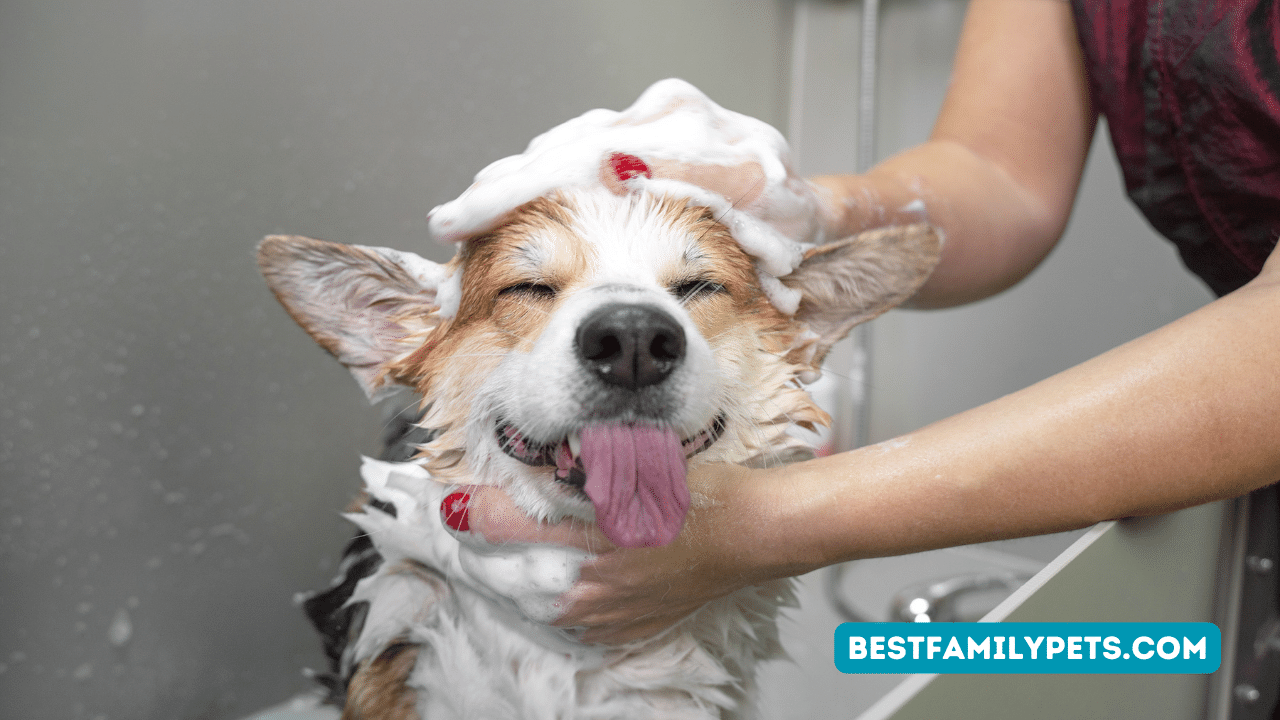
Dog Grooming Tips: A Beginner’s Guide to Keeping Your Pooch Well-Groomed

